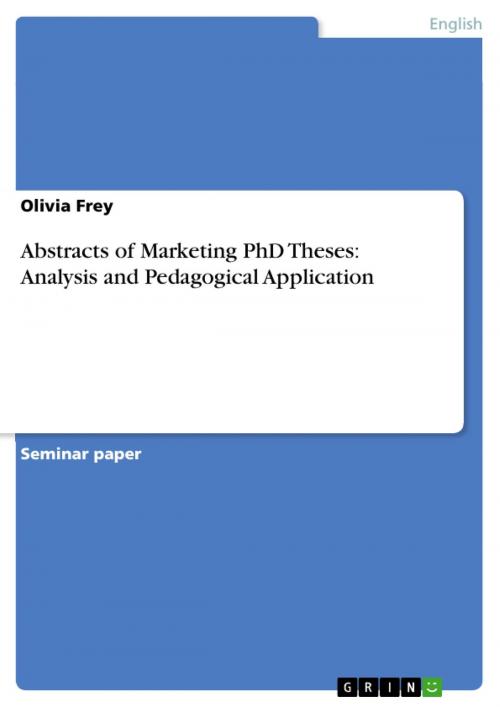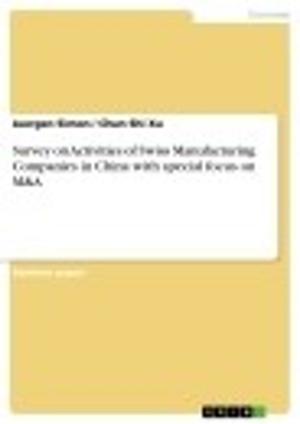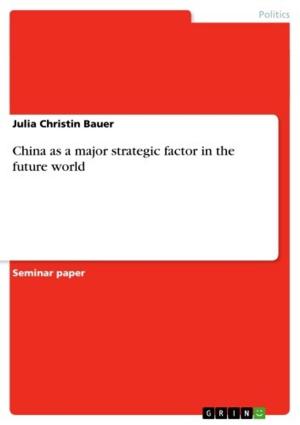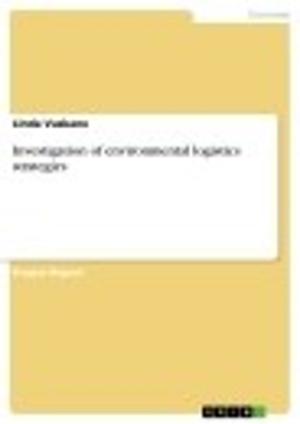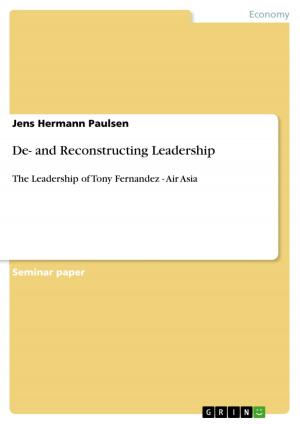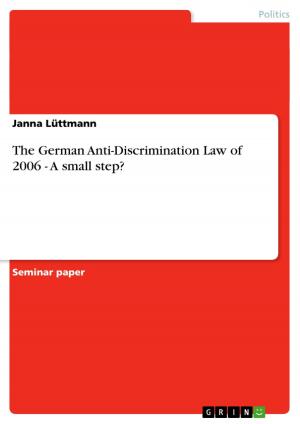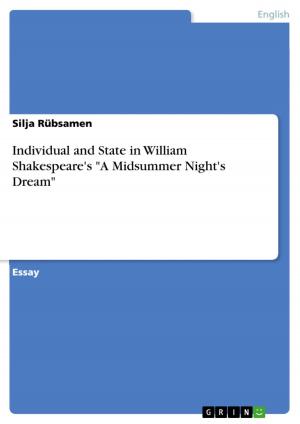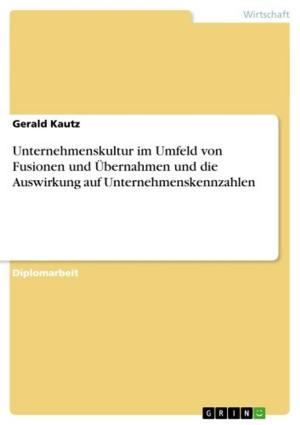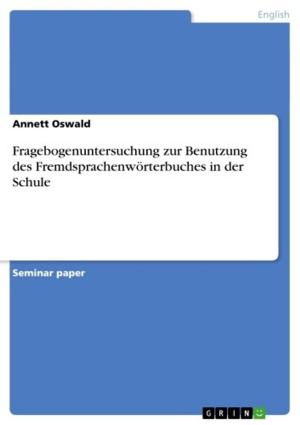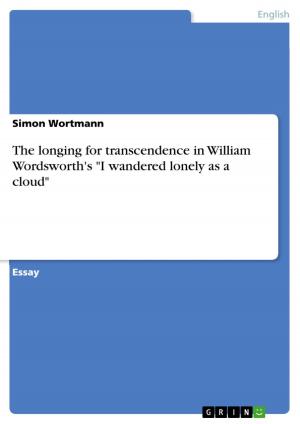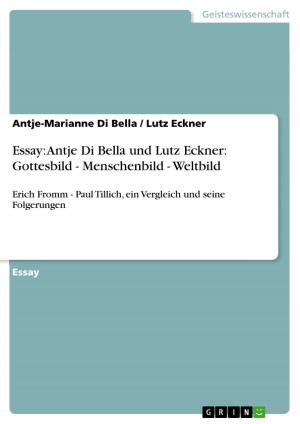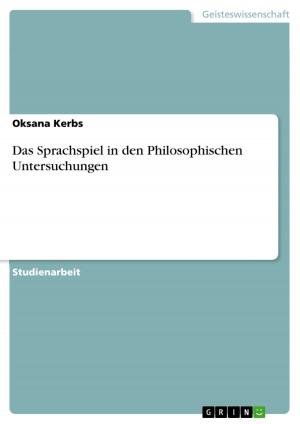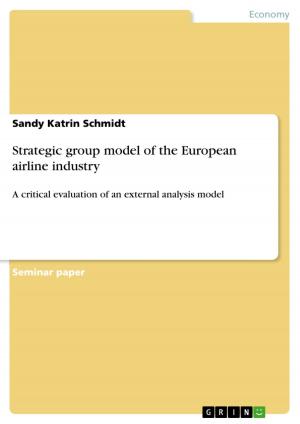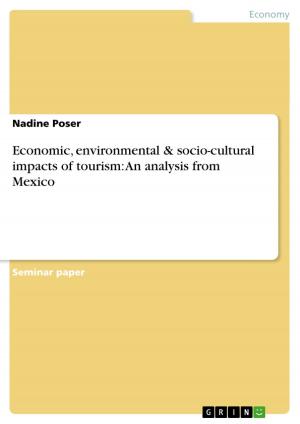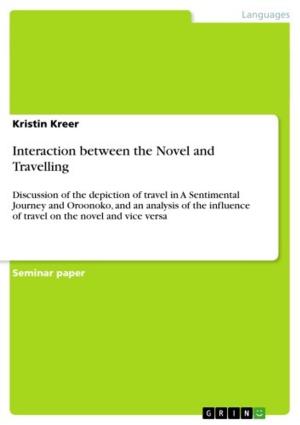Abstracts of Marketing PhD Theses: Analysis and Pedagogical Application
Nonfiction, Entertainment, Drama, Anthologies| Author: | Olivia Frey | ISBN: | 9783640528387 |
| Publisher: | GRIN Publishing | Publication: | February 4, 2010 |
| Imprint: | GRIN Publishing | Language: | English |
| Author: | Olivia Frey |
| ISBN: | 9783640528387 |
| Publisher: | GRIN Publishing |
| Publication: | February 4, 2010 |
| Imprint: | GRIN Publishing |
| Language: | English |
Seminar paper from the year 2009 in the subject American Studies - Linguistics, grade: 1,0, University of Vienna (Institut für Anglistik & Amerikanistik), course: Advanced Linguistics Course: Approaching ESP Texts, language: English, abstract: An abstract is an important text type of academic and scientific discourse. Basically, it is a condensed version, i.e. a concise summary or description of the content of a longer document, in particular a report of a completed scientific research presented and published, for example, in the form of journal articles, research papers, scientific presentations, as well as MA or PhD theses. Usually following set textual patterns, an abstract briefly presents the major points covered in the paper (e.g. the field, content, purposes/objectives, methods, results and conclusions of the research project), without mentioning any details. [...] In this paper, the focus is on abstracts of PhD theses in marketing.[...] As a first step of my investigative procedure, I selected the genre (i.e. marketing abstracts) and came up with a possible teaching situation (cf. chapter 3) and the potential group of learners (PhD candidates). Moreover, I decided to focus on two sets of such abstracts in order to be able to compare them and find out if there are any significant differences (mainly in terms of move structure, lexico-grammatical features and textual patterns) between abstracts that were at first written in German and then translated into English and abstracts that were originally written in English. Moreover, I found it also worth considering in which way(s) any potential differences could have an impact on the teaching situation. [...]The major work of my project paper consisted in the linguistic analysis. Lastly, I tried to apply my results to the conceived teaching situation. Before starting to work on my project, I had actually thought that it was easy to find a vast array of teaching materials which I could use as points of reference or of critical comparison for my own teaching procedure. However, this turned out to be an illusion: of course, both in the library as well as on the internet, there are many papers about linguistic analyses of abstracts available. Moreover, there are innumerable online guides on how to write an abstract, but unfortunately, I could not find any useful teaching material. Thus, I came up with my own teaching strategy (see chapter 5), which is based on the following linguistic analysis.
Seminar paper from the year 2009 in the subject American Studies - Linguistics, grade: 1,0, University of Vienna (Institut für Anglistik & Amerikanistik), course: Advanced Linguistics Course: Approaching ESP Texts, language: English, abstract: An abstract is an important text type of academic and scientific discourse. Basically, it is a condensed version, i.e. a concise summary or description of the content of a longer document, in particular a report of a completed scientific research presented and published, for example, in the form of journal articles, research papers, scientific presentations, as well as MA or PhD theses. Usually following set textual patterns, an abstract briefly presents the major points covered in the paper (e.g. the field, content, purposes/objectives, methods, results and conclusions of the research project), without mentioning any details. [...] In this paper, the focus is on abstracts of PhD theses in marketing.[...] As a first step of my investigative procedure, I selected the genre (i.e. marketing abstracts) and came up with a possible teaching situation (cf. chapter 3) and the potential group of learners (PhD candidates). Moreover, I decided to focus on two sets of such abstracts in order to be able to compare them and find out if there are any significant differences (mainly in terms of move structure, lexico-grammatical features and textual patterns) between abstracts that were at first written in German and then translated into English and abstracts that were originally written in English. Moreover, I found it also worth considering in which way(s) any potential differences could have an impact on the teaching situation. [...]The major work of my project paper consisted in the linguistic analysis. Lastly, I tried to apply my results to the conceived teaching situation. Before starting to work on my project, I had actually thought that it was easy to find a vast array of teaching materials which I could use as points of reference or of critical comparison for my own teaching procedure. However, this turned out to be an illusion: of course, both in the library as well as on the internet, there are many papers about linguistic analyses of abstracts available. Moreover, there are innumerable online guides on how to write an abstract, but unfortunately, I could not find any useful teaching material. Thus, I came up with my own teaching strategy (see chapter 5), which is based on the following linguistic analysis.
